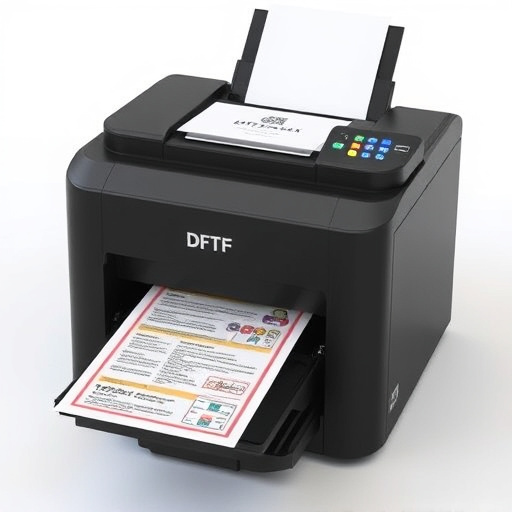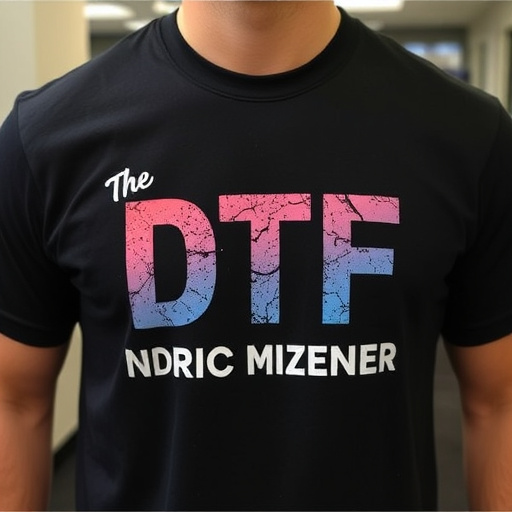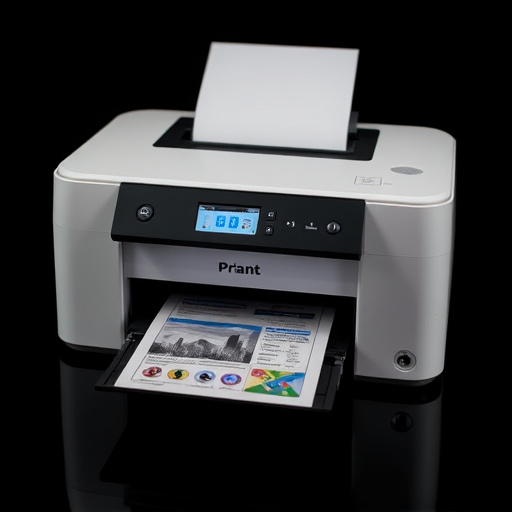Proper storage and handling of DTF Transfer Film Rolls are key to maintaining their integrity and print quality. Keep rolls in cool, dry, dark conditions, protect from light and moisture, and use air-tight containers for long-term storage. Handle with clean hands or gloves, avoid stacking, and use acid-free materials to prevent damage. Regular cleaning after each use and accurate alignment during printing ensure crisp, vibrant transfers on custom garments like personalized hoodies, preserving the quality of DTF logos over time.
Storing and handling your DTF Transfer Film Roll correctly is essential to ensure its longevity and optimal performance. This guide delves into the critical components of preserving these valuable assets, offering insights on understanding specific storage requirements, best practices for handling, and establishing a maintenance routine. By following these steps, you’ll safeguard the integrity of your DTF Transfer Film Roll, ensuring its readiness for each use.
- Understanding DTF Transfer Film Roll Storage Requirements
- Best Practices for Handling DTF Transfer Film Rolls
- Creating a Maintenance Routine for Optimal Film Preservation
Understanding DTF Transfer Film Roll Storage Requirements
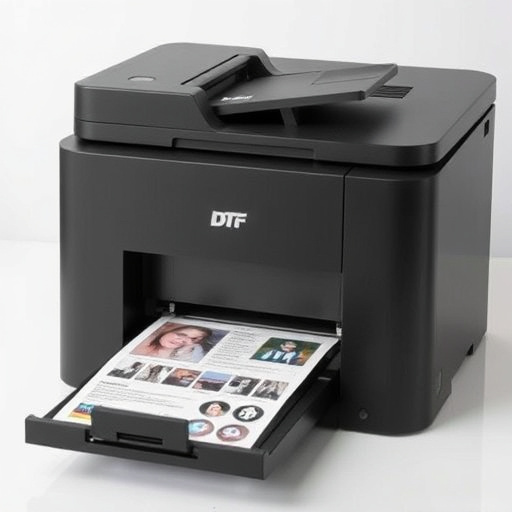
Storing a DTF Transfer Film Roll (Direct to Fabric) properly is crucial for maintaining its integrity and ensuring optimal performance when used with best DTF printers. These film rolls are sensitive to environmental factors, especially light and moisture. Therefore, storing them in a cool, dry, and dark place is essential. Avoid exposing the roll to direct sunlight or any artificial lighting that can cause degradation over time.
When not in use, wrap the DTF transfer film roll tightly in plastic to prevent dust and other contaminants from seeping in. For long-term storage, consider using an air-tight container. This is particularly important for clothing brands looking to maintain logos DFT for their products. Proper storage extends the lifespan of the film, ensuring its precision and quality remain intact when it’s time to print on fabrics or other materials.
Best Practices for Handling DTF Transfer Film Rolls
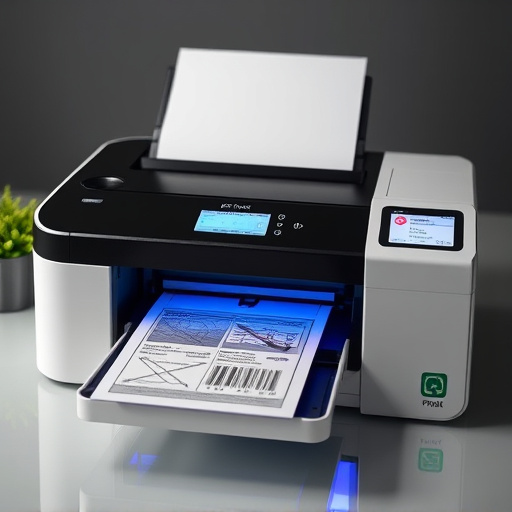
When handling DTF Transfer Film Rolls, adherence to best practices ensures their longevity and optimal performance. Begin by storing rolls in a cool, dry place away from direct sunlight or heat sources. Humidity control is crucial; using desiccant packets inside storage containers can mitigate moisture-related damage. Handle the film rolls with clean, dry hands or use protective gloves to prevent oils and contaminants from transferring onto the sensitive surface.
For long-term storage, consider wrapping each roll in acid-free paper or placing them in airtight containers designed for archival quality. Avoid stacking rolls to prevent creasing or deformation. When using a DTF printer for custom sheets to heat press designs onto garments, ensure proper alignment and careful manipulation during the feeding process. This prevents misregistration and ensures crisp, accurate transfers, resulting in direct to film personalized hoodies or other products of high quality.
Creating a Maintenance Routine for Optimal Film Preservation
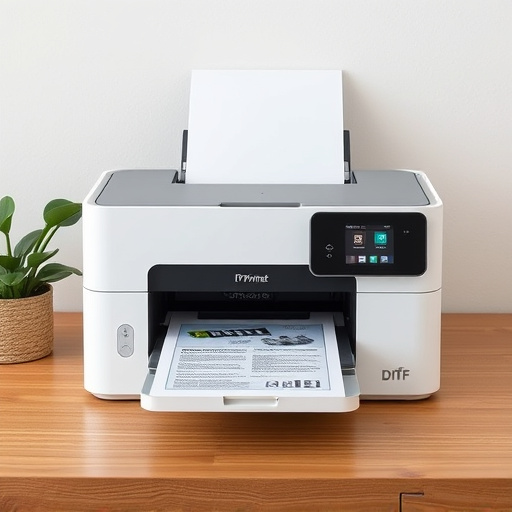
Proper maintenance is key to preserving your DTF Transfer Film Roll over time. Establish a consistent routine that includes regular cleaning and storage practices. Begin by gently wiping down the film roll with a microfiber cloth after each use, removing any residual heat press debris. This simple step prevents buildup and ensures the longevity of your film.
Additionally, store your DTF roll in a cool, dry place away from direct sunlight. Consider using custom sheets for heat pressing designs onto garments to protect the film from scratches and environmental damage. By adhering to these practices, you’ll maintain the accuracy and quality of your DTF for Custom graphic tees, ensuring each print remains crisp and vibrant.
Proper storage and handling of DTF Transfer Film Rolls are essential for maintaining their integrity and ensuring long-term preservation. By understanding the specific requirements, implementing best practices, and establishing a regular maintenance routine, you can safeguard these valuable assets. Adhering to these guidelines will not only extend the lifespan of your DTF Transfer Film Rolls but also ensure their consistent performance in various applications, making them a reliable choice for professional use.








